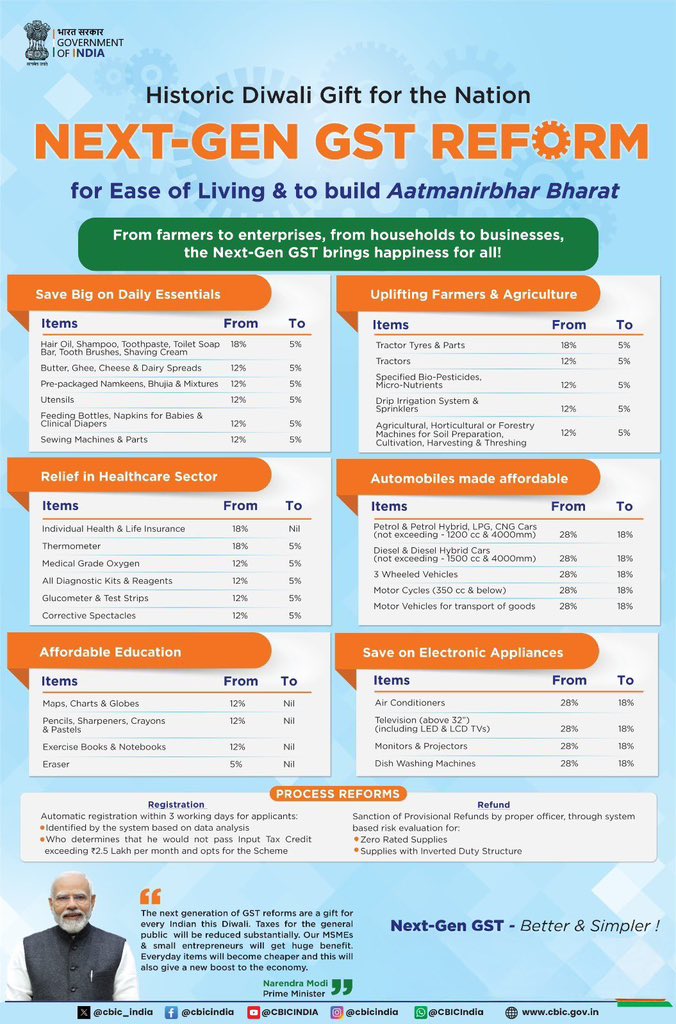Urban centers across the globe are experiencing rapid transformations, and at the forefront of this evolution is the concept of the smart city. Fueled by technological advancements, smart cities aim to enhance the quality of life for their residents, improve efficiency, and promote sustainability. But what exactly does a smart city look like, and how is technology reshaping our urban experience?
The Pillars of a Smart City 🏛️
A smart city isn’t just about flashy gadgets; it’s a comprehensive approach to urban planning and management that leverages data and connectivity.
Key pillars include:Smart Governance and Citizen Engagement: Technology facilitates more transparent and efficient governance. Online platforms for accessing public services, digital voting systems, and real-time feedback mechanisms empower citizens and foster greater participation in decision-making.
Imagine reporting a pothole through an app and seeing it addressed promptly – that’s smart governance in action.Smart Mobility and Transportation: Traffic congestion, pollution, and inefficient public transport are major urban challenges.
Smart cities utilize intelligent traffic management systems, connected vehicles, and real-time information to optimize traffic flow, reduce travel times, and encourage the use of public and shared transport. Think of real-time bus tracking apps, smart parking systems that guide you to available spots, and autonomous vehicles navigating city streets in the future.
Smart Environment: Sustainability is a core focus. Smart grids optimize energy distribution, smart water management systems monitor usage and detect leaks, and air quality sensors provide real-time data to inform environmental policies. Waste management becomes more efficient with smart bins that signal when they need emptying.Smart Living: Technology enhances everyday life. Smart homes with connected devices, intelligent lighting and heating systems, and smart security features improve comfort and convenience.
Telehealth services bring healthcare closer to residents, and online education platforms expand learning opportunities.Smart Economy: Technology fosters innovation and economic growth. Smart city initiatives can attract businesses, create new jobs in the tech sector, and support local economies through digital marketplaces and platforms.
The Role of Technology ⚙️
Several key technologies are driving the smart city revolution:Internet of Things (IoT): A network of interconnected devices, sensors, and software that collect and exchange data.
Big data analytics helps city authorities understand trends, predict patterns, and make data-driven decisions.
IoT forms the backbone of many smart city applications, from monitoring traffic flow to tracking energy consumption.Big Data and Analytics: The vast amounts of data generated by connected devices need to be analyzed to derive meaningful insights.
Challenges and the Way Forward 🚧
While the potential of smart cities is immense, there are challenges to address:Data Privacy and Security: The collection and use of vast amounts of personal data raise concerns about privacy and security.
Robust data protection frameworks and cybersecurity measures are crucial.Digital Divide: Ensuring equitable access to technology and digital literacy for all residents is essential to avoid exacerbating existing inequalities.Interoperability and Standardization: Different systems and platforms need to be able to communicate with each other seamlessly.
Establishing common standards is vital.Implementation Costs: Developing and deploying smart city technologies can be expensive. Sustainable funding models and public-private partnerships are often necessary.







Leave a Reply